
views
Doing DNA Sexing

Choose a lab to test your bird's DNA. You can find testing kits online or through some avian veterinarians. Most of these kits will be inexpensive, and you may be able to find one for as low as $20. For best results, you should choose a lab near you, as sending off your bird's sample through your postal service may be illegal. Sending feathers and blood may not be allowed where you live, especially if you are sending the sample out of the state or the country. It's best to choose a local lab. Most labs can test a variety of birds, but check with your first choice to make sure they list canaries.

Read the instructions for using the testing kit. Different labs will have different specifications for testing. For example, many labs can test freshly plucked feathers for DNA, but you may need to choose one of a certain length. Other labs may prefer to test blood or have certain packaging restrictions. Make sure that you read the instructions before you bother your bird, as this can be stressful. If you are working with a veterinarian, schedule your appointment and follow your vet's instructions for preparing for the appointment.
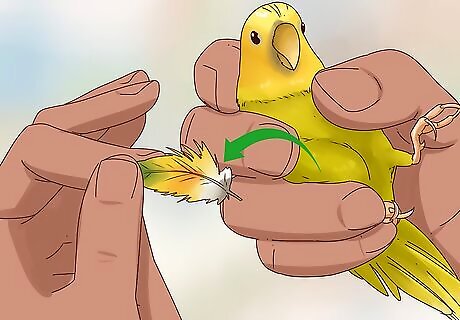
Pluck a feather for testing if your lab can use it. Fresh feathers usually contain enough of the bird's DNA to use for testing and are a great alternative for blood, which is more intrusive to take from the bird. Make sure that you follow the lab's directions for choosing a feather, if any are included. The feather must be plucked for it to have DNA. Fallen feathers will not work. You should not pluck a blood feather, as the canary could bleed to death. If your bird has just hatched, you can sometimes send part of the egg shell.
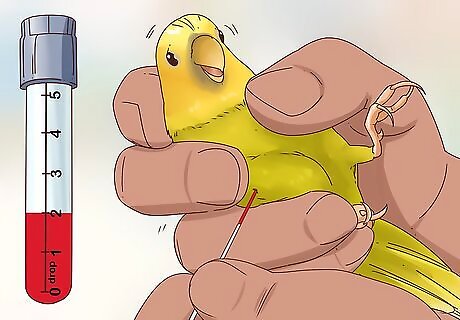
Draw 1-2 drops of blood if feathers cannot be used. Some labs require a blood test, and your vet can help you gather the sample. The best places to draw blood are the neck, wing, and legs. One trick is to use sterile nail clippers to clip a nail a bit short, releasing 1-2 drops of blood. Blot the nail with a tissue and make sure it has stopped bleeding before you let the bird go. Make sure that you catch the blood on the materials sent by the testing lab. You should not try to draw blood from the vein yourself. Blood testing is not more accurate than feather testing. This is best done in the vet's office, so consider making an appointment if you cannot find a lab that will do feather testing.
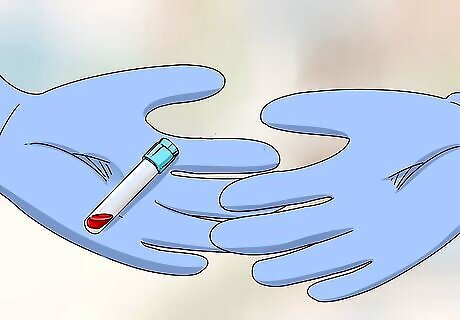
Send off your kit and wait for the results. Bring your testing kit to the lab or, if legal, mail the kit back. You will likely receive the test results in 1 to 2 weeks, depending on how long your postal service takes and how you opt to receive the results. For example, an email or fax will come faster than a letter. If you used a veterinarian's office, they will call you with the results.
Looking For Physical Characteristics
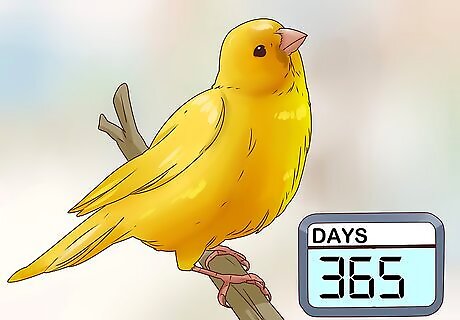
Wait for the bird to reach maturity. In order to identify the sex of a canary with physical traits, it first needs to reach sexual maturity. This will guarantee that its external sex organs are identifiable. In general, the bird needs to be about a year old before it becomes sexually mature.
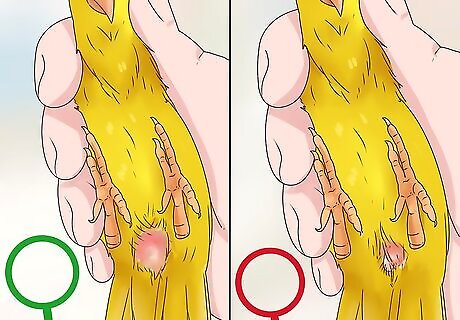
Look at the bird's vent. Most people that are attempting to sex their canaries will look at the bird's sex organs to differentiate between the sexes. However, this has to be done during the summer, when a female canary has a flat vent and a male canary has a protruding and enlarged vent. To look at your bird's vent, hold it upside down and then blow at the feathers down by its legs. This should expose the vent area enough to get a look at it. Differences in the external sex organ are not typically visible year round.
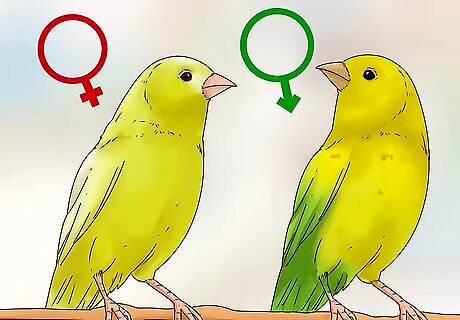
Assess the bird's coloring. In general, the coloring on male canaries is brighter than that of the female canary. If you have several canaries, you can compare their coloring against each other to get a sense of which birds might be males and which might be females. This is only a secondary indicator of sex, as the brightness level of a bird's plumage is subjective and depends highly on the bird's lineage and care.
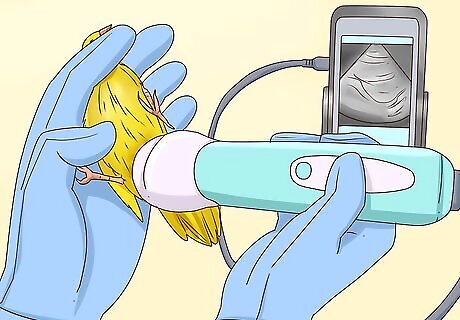
Have the bird assessed by a veterinarian. A veterinarian can use an ultrasound to see if a bird is male or female. The vet will be able to see the internal sex organs of the bird with this technology and they can tell you for certain what the sex of your bird is very quickly. It will cost you some money to have your bird assessed by a veterinarian, so consider whether you really need to know the sex of your bird and whether knowing is worth the cost.
Identifying Behavioral Differences
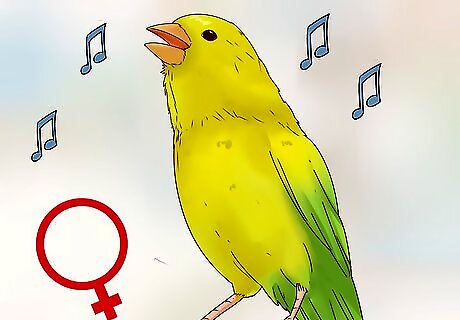
Listen for singing. Typically, only male canaries sing full songs. These songs have an intensity and loudness that females never produce, so this can be helpful when trying to sex your birds. However, females will make noises and short little songs. This can make it difficult to tell the difference between the male and female sounds without a lot of experience listening to them.
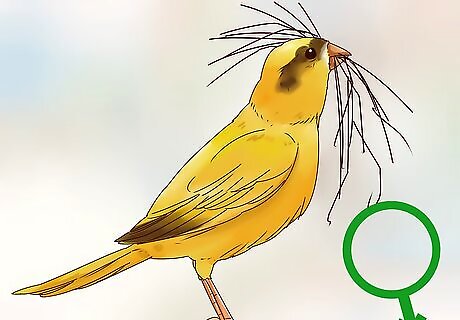
Pay attention to nesting behavior. If one of your canaries is exhibiting a lot of nesting behavior then it is likely a female. This behavior includes moving bits of paper or bedding into one spot in its cage, and it signals that she is getting ready to lay eggs. Consider supplying a variety of nesting materials at the bottom of your bird's cage, so that your female birds can easily nest if they want to. These materials include tissue paper, hay, or tiny pieces of felt or other fabrics.
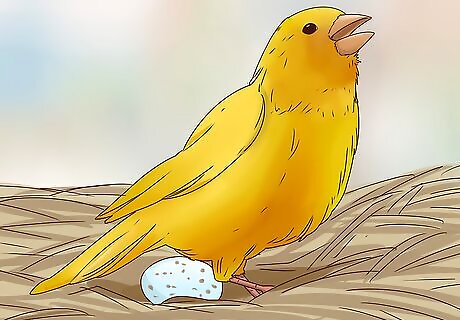
Look for egg laying. Whether or not your canary has built a nest, if it begins to lay eggs, then you know it is female. Canaries typically lay most of their eggs in the spring. Thus, this is the easiest way to identify a female during that part of the year. Canaries typically lay several eggs over the course of a day or two. If you find an egg in your cage, begin keeping a close eye on the cage to catch which bird is laying them. Identifying who laid an egg in a cage full of canaries can be difficult. Unless you see the actual egg laying, you shouldn't use attention to an egg as an indication of sex.


















Comments
0 comment